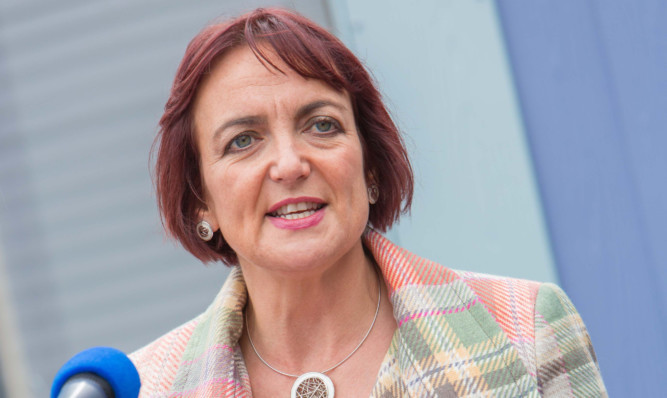Teachers have told Scotland’s politicians they won’t be made “convenient political scapegoats” for problems in the country’s education system.
Ahead of a Holyrood debate on “equity and excellence” in schools, the Educational Institute of Scotland (EIS) warned against putting more pressure on top of those in charge of classrooms.
First Minister Nicola Sturgeon has acknowledged that Scottish education is not good enough, with a decline in reading and writing skills and a large number of children from deprived backgrounds held back and denied the opportunity to go to university.
She has said she is prepared to make tough decisions to improve Scotland’s “unacceptable” system.
The EIS called the recent drop in reading and writing skills a “slight dip”, mainly among the most impoverished children which “underlines the impact of austerity measures on young people”.
Ahead of the debate, the trade union said schools and teachers are committed to tackling the impact of poverty but require the resources to do so, and said the education system “must not become a convenient political scapegoat for the very difficult societal challenges that poverty in the age of austerity can create”.
EIS general secretary Larry Flanagan said: “It is simply wrong and wholly unacceptable for any politician from any political party to attempt to blame schools or teachers for the problems of poverty in society.
“Schools themselves are facing serious challenges owing to falling budgets, scarce resources and cuts in staff numbers.
“The demands placed on teachers are growing, and workload and levels of stress and related illnesses are extremely high.”
In the debate, education secretary Angela Constance will insist there “is much to be proud of in Scotland’s schools, with children achieving record exam results, fewer young people leaving school with no or few qualifications and record numbers securing positive destinations on leaving school”.
However, she will add that “much more needs to be done to make all of Scottish education truly excellent”.
Labour’s education spokesman Iain Gray said the SNP should consider using tax rises to help the poorest children.
He added: “The current scandal in attainment is no more the fault of Scotland’s teachers than it is our young people. Both have been let down by an SNP Government in Edinburgh who for eight years have failed to give education the attention it deserves.
“The EIS have pointed to a problem in resources. Scottish Labour has a solution. We would use the new powers coming to Scotland to ask those who earn the most to pay a little extra to invest in our young people.”
